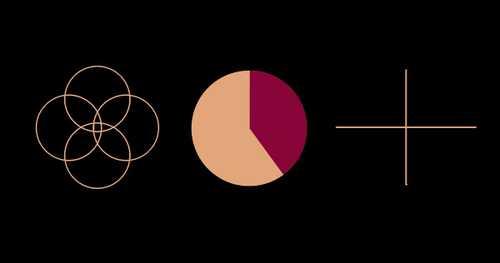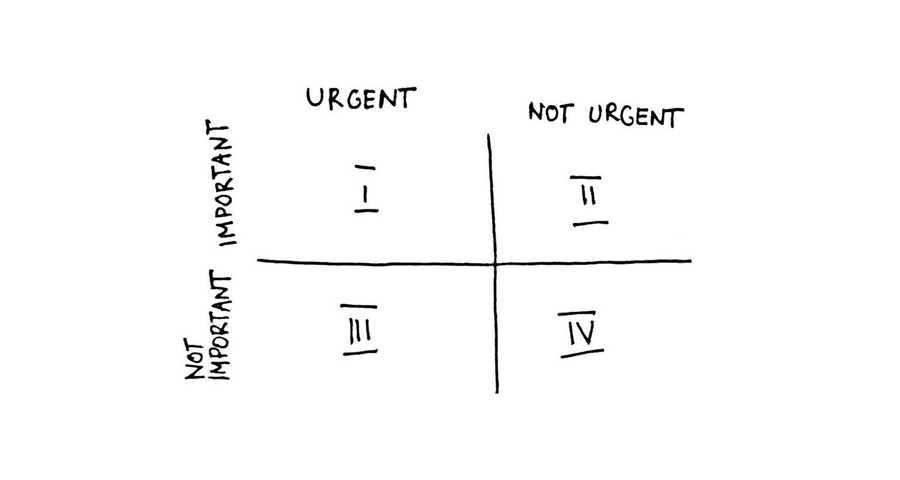How To Chart A New Course For Your Life With 3 Simple Diagrams
betterhumans.coach.me
6 ideas
·79.9K reads
175
Learn more about timemanagement with this collection
The importance of networking in podcasting
How to grow your podcast audience
How to monetize your podcast
"By far the most significant learning experience in adulthood involves critical self-reflection - reassessing the way we have posed problems and reassessing our own orientation to perceiving, knowing, believing, feeling and acting."
JACK MEZIROW
3.36K
22.2K reads
3 areas of life to clarify
You need to have absolute clarity over 3 fundamental facts:
- Your goals (the destination)
- Your current situation (your coordinates)
- The path that connects both of them (the route).
A very simple, but crucial principle: if you don’t know where you are, you can never reach the place where you want to be.
4.63K
10.8K reads
The world of the status quo bias
Making an alternative choice is hard because we are neurologically wired to favor the default solution, even if it brings suboptimal results.
As the complexity of a decision increases, so does our tendency to stick with the answer we know.
3.16K
9.37K reads
The Ikigai diagram
Ikigai (usually translated as 'life’s purpose') is a Japanese concept that provides a visual framework to reach clarity and identify long-term goals.
It encompasses 4 dimensions of life: what you love, what you are good at, what you can be paid for and what the world needs.
5.29K
14.6K reads
The Piechart of Time
Useful for identifying the most optimal ways to spend your time.
The pie chart represents the total amount of time available within a chosen period of time. The time is limited and because it reinforces the idea of scarcity, you are forced to prioritize.
3.46K
10.7K reads
The Time Management Matrix
It's a visual tool for time management and evaluating tasks, to decide whether they should be carried out, delegated or dropped.
It divides tasks into 4 quadrants: Urgent and important, Not urgent and important, Urgent and not important, Not urgent and not important.
3.93K
12.1K reads
CURATED BY
More like this
5 ideas
7 ideas
The Philosophy of Ikigai: 3 Examples About Finding Purpose
positivepsychology.com
4 ideas
Read & Learn
20x Faster
without
deepstash
with
deepstash
with
deepstash
Access to 200,000+ ideas
—
Access to the mobile app
—
Unlimited idea saving & library
—
—
Unlimited history
—
—
Unlimited listening to ideas
—
—
Downloading & offline access
—
—
Personalized recommendations
—
—
Supercharge your mind with one idea per day
Enter your email and spend 1 minute every day to learn something new.
I agree to receive email updates




